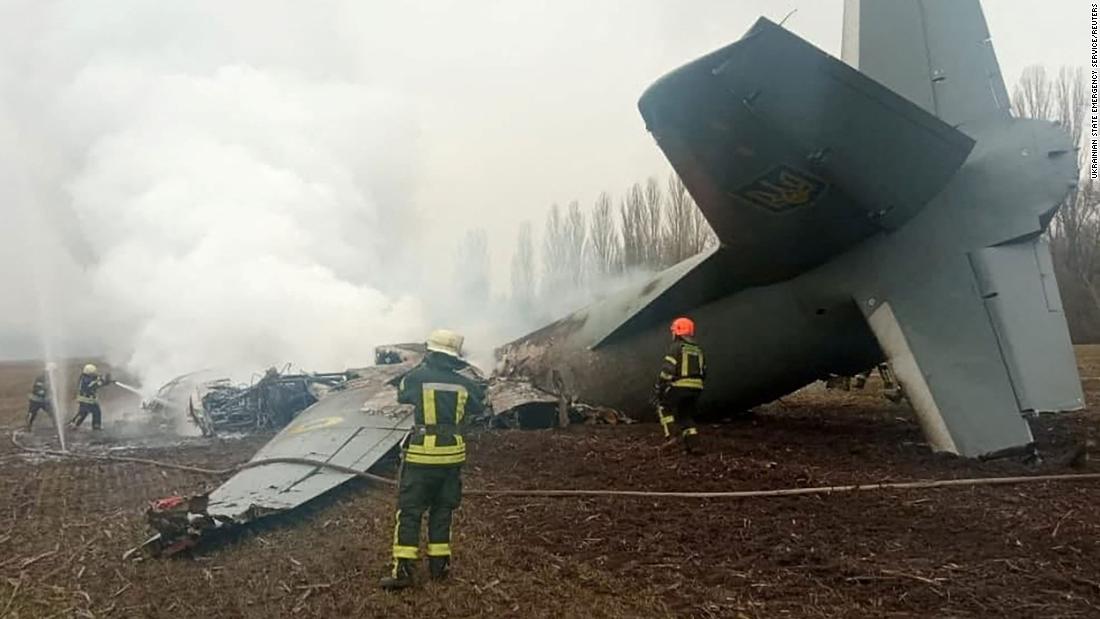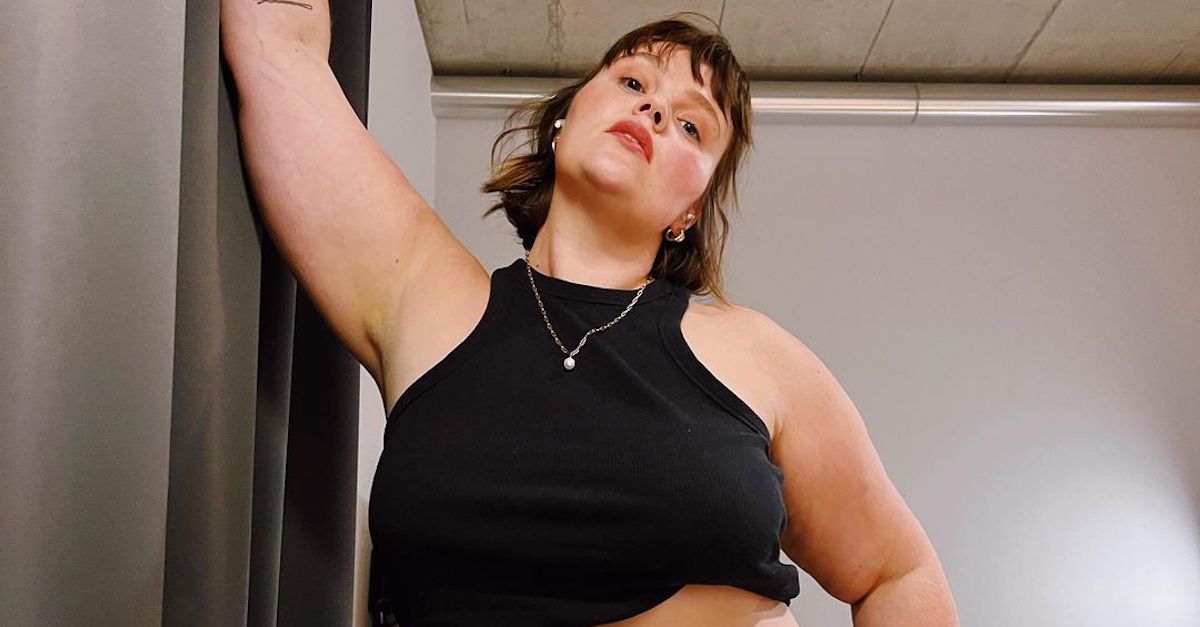‘The New American Crime Story’: What Politicians Miss
The nature of American crime has changed dramatically in the last several decades, and it’s not what either the Left or the Right would have you believe, write two John Jay professors.

At the midterm elections approach, the rise in U.S. crime rates has been exploited by politicians on the right who blame Democratic-led reforms and “softness” towards perpetrators for levels of public safety that they compare to the high rime era.
In fact, although there have been troubling surges in homicides in many American cities, crime overall has declined significantly, which reform advocates use to argue for continued transformation of the justice system.
But the debate is misleading on both sides, argue former NYPD crime analyst Chris Herrmann and historical criminologist Fritz Umbach, both professors at John Jay College of Criminal Justice, in an op-ed for Newsweek.
Comparing crime rates now to earlier periods fails to take into account that American crime itself has changed, they write.
“The new American crime story {is} frequently at odds with pieties and pronouncements from both the political left and right,” they argue.
Unlike in the 1970s, for example, crime is more geographically and demographically concentrated and often involves individuals who have a mental illness.
For example, around 6 percent of city blocks in U.S. cities experienced saw a shooting between 2011 and 2020, in contrast to the 1970s in New York, when about 30 percent of blocks experienced a violent felony.
In addition, around half of those waiting for trial for a violent offense have a mental illness, compared to 12 percent in 2019.
But the changing nature of crime has had a severe impact on small or rural communities.
Murder shot up 90 percent in Colorado Springs but dropped 16 percent in Chicago, they cited.
The writers don’t argue with the statistics that show stunning increases in homicides in selected cities, a level of increase not seen since the FBI first began collecting figures.
But again, the profile of crime victims has changed dramatically.
“Unlike the 1970s, when much crime was inter-racial, New York crime is now highly demographically concentrated,” op ed asserts. “Nine out of 10 shooting victims were people of color last year—but so too were the suspects (as identified by victims, not NYPD).
“The city’s rapes and assaults show similar patterns.”
What this requires, say the authors, is a policy approach that focuses less on numbers alone than on how the challenge of public safety has shifted in U.S. communities.
“Amid this year’s political demagogy, it bears remembering that only by understanding our new crime reality independent of ideology will we craft viable solutions,” they concluded.
Chris Herrmann, a former NYPD crime analysis supervisor, is associate professor of law and police science at John Jay College of Criminal Justice (CUNY).
Fritz Umbach is an associate professor of history at John Jay. His forthcoming third book, Modern New York in 50 Crimes, explores crime in the city since 1965. Both currently consult for New York City government on gun violence and its costs.
Additional Reading: Was Crime Up or Down in 2021? Why the FBI Can’t Tell Us, by Richard Rosenfeld, The Crime Report, Oct 11, 2022.
James Van Bramer is Associate Editor of TCR.

 Landwebs
Landwebs 






















